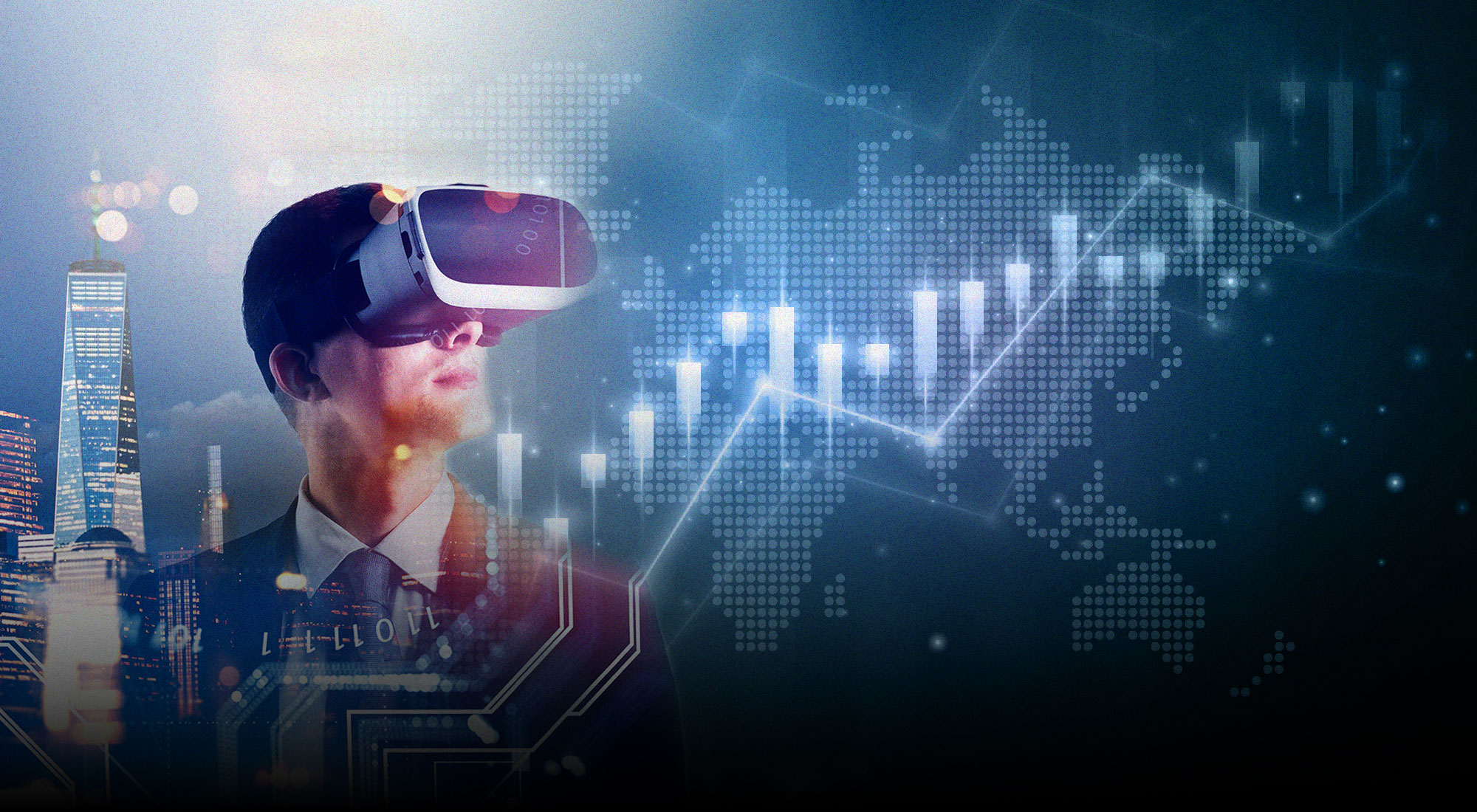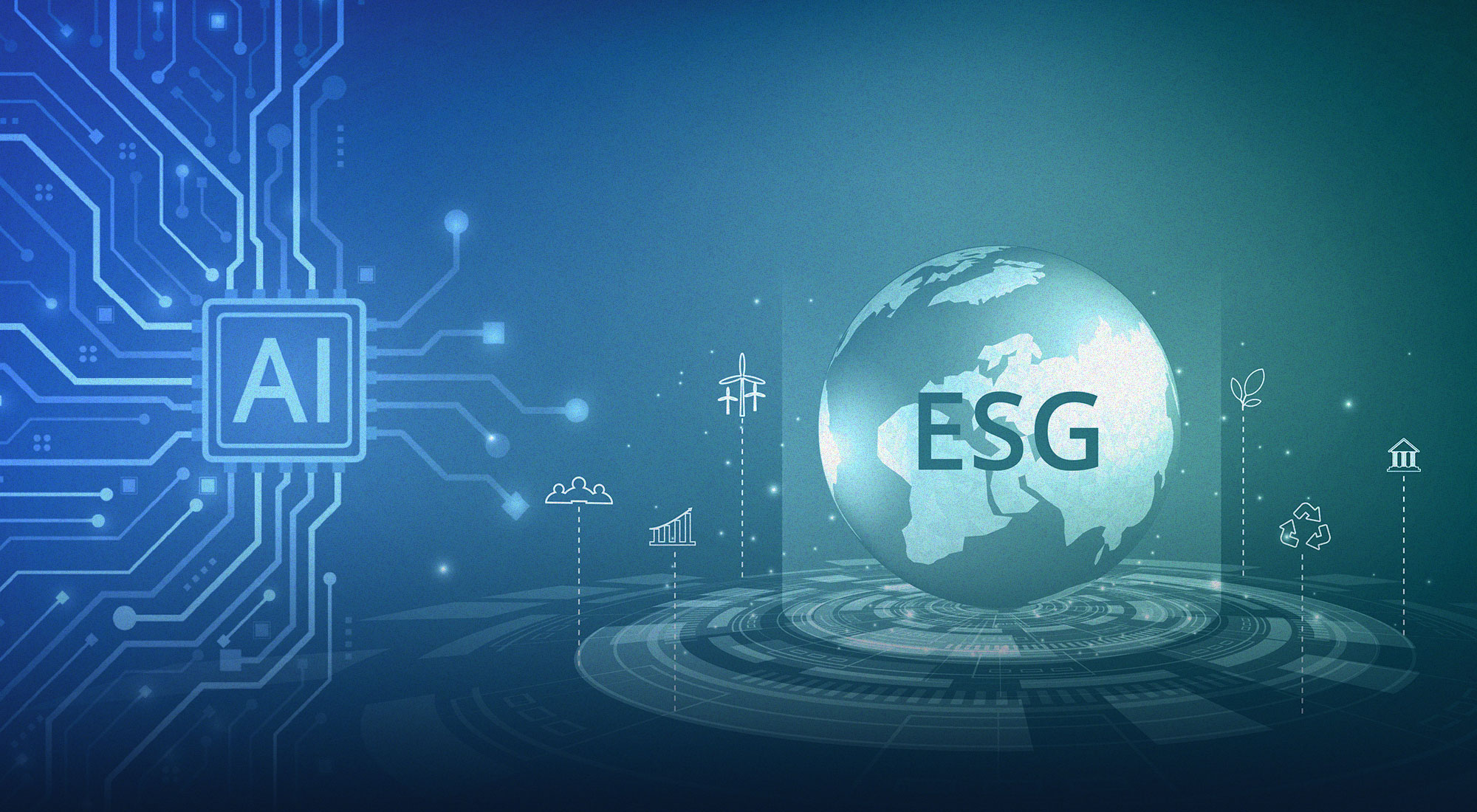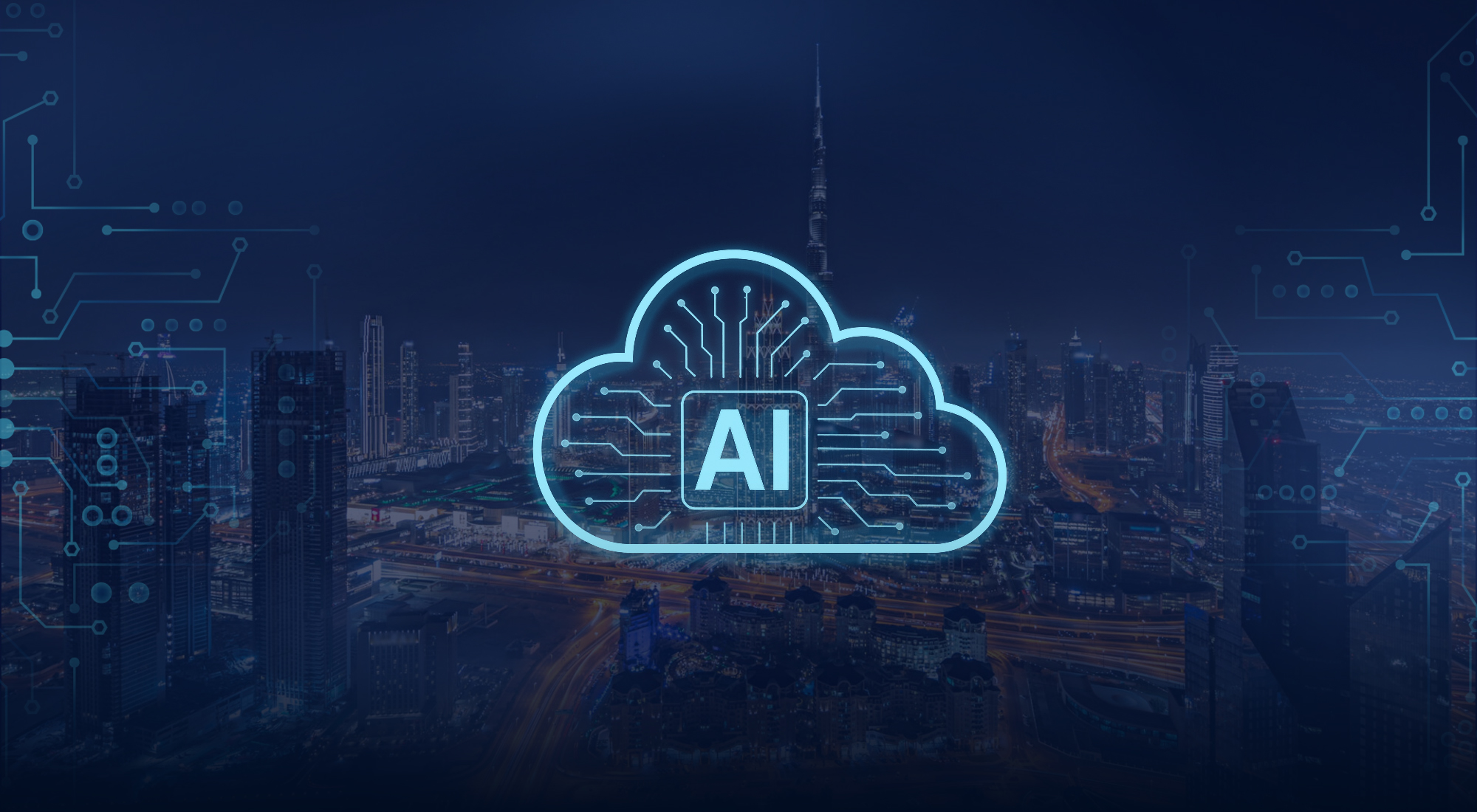The increasingly rapid adoption and routine use of artificial intelligence (AI) applications is expected to result in widespread increases in efficiency across multiple economic sectors, manufacturing, and business practices. Improvements in computational power and the growth of machine learning[1] have also emerged as key drivers underpinning the growth of AI. The use of machine learning by AI allows relatively accurate prediction of outcomes by training algorithms to perform predictive tasks using historical data as an input, without the need for human programming intervention. The growth of big data is another factor underpinning the rapid adoption of AI and machine learning in everyday life. With over 4.95 billion internet users globally,[2] constantly expanding data sets enable the development of evermore accurate algorithms and applications.
Examples of artificial intelligence in daily life include smart assistants (Apple’s Siri and Amazon’s Alexa), chatbots, predictive mapping apps, personalized e-shopping, AI-driven hiring, algorithmic management of taxi services, facial recognition software, autonomous vehicles, threat prevention in data security, and many other applications.
However, the speed at which AI and machine learning are developing – and the increasing adoption of day-to-day applications of the technologies – has brought into focus a number of potential policy problems, including the displacement of workers and disruption to the traditional operation of labor markets. Artificial Intelligence is transforming the labor market by automating and digitalizing routine tasks, increasing productivity, and creating new job opportunities. AI-powered systems can perform tasks that were previously done by humans, leading to the displacement of certain jobs. Given the fundamental role of labor as one of the four factors of production for goods and services, the dislocation of labor markets and displacement of workers could result in broad-based effects across employment levels, wages, and labor market opportunities.
Early analyses of the AI phenomenon focused on the potential of the technology to replace large swathes of jobs globally, with a well-known management consulting study from 2017 estimating that AI and automation could effectively displace between 400–800 million jobs by 2030.[3] Researchers from Stanford University have also observed that, by its nature, AI “performs tasks that involve detecting patterns, making judgments, and optimizing. The most-exposed occupations include clinical laboratory technicians, chemical engineers, optometrists, and power plant operators.”[4]
More recently, the OECD concluded that the ‘direct displacement’ effect of AI exposure on workers is not statistically significant, but observed that workers with highly developed digital skills likely “find it easier to use AI effectively and shift to non-automatable, higher-value added tasks within their occupations.”[5] Conversely, the prospects of workers with lower level digital skills are hindered by their inability to interact efficiently with the technology and avail of its potential benefits.[6]
This perspective advocates that artificial intelligence and machine learning are not replacing workers in the traditional sense; rather, the effect of the technologies is to make adjustments to the labour market system as a whole. As an analogy, while “digital computers” have transformed the nature of work in almost every sector of the economy over the past several decades, the net result has been one of accelerating productivity and complementary innovations rather than outright replacement of workers. [7]
Focusing on industries that at present seem to be most affected by AI and machine learning, the case of the marketing industry illustrates an example of complementary innovation. Large-scale marketing campaigns – traditionally essential to reach targeted audiences or potential consumers – have been complemented by the ability of machine learning to access and learn from data that enables accurate predictions of the interests of consumers.[8] In this way, machine learning makes it possible for advertisements to be tailored more accurately to reach the maximum number of potential consumers. The impact of machine learning in this case is mainly concerned with data collection, analysis, and prediction, which enables accurate and distinct grouping of consumers without resorting to general and large-scale marketing campaigns; as data sets on which to train machine learning algorithms increase in size and quality, it is expected that targeting of consumer preferences will become even more accurate and easily achievable.[9]
Healthcare is another industry that is currently being impacted by machine learning. An article published by the World Economic Forum in 2020, concludes that by 2030, AI will access multiple sources of data to reveal patterns in disease, and that the technology will enable predictions of an individual’s risk of certain diseases while also suggesting preventative measures.[10]
Beyond contributing to medical diagnoses, AI is also expected to contribute to administrative efficiencies in the healthcare system by helping to reduce waiting times for patients. AI offers great hope for countries that are now struggling with overcrowded healthcare systems and shortage of physicians.[11] Because of mandatory procedures such as Electronic Medical Records (EMR), healthcare systems have already used big data tools for next-generation data analytics. Machine learning tools are poised to add even more value to this process as these enhance the quality of automation and intelligent decision-making in primary and secondary patient care, as well as public healthcare systems. In fact, this could be the most significant impact of machine learning tools, as it has the potential to improve the lives of billions of people worldwide.
Another industry that is expected to be greatly impacted by machine learning is education. When we speak of education, we think of schools, institutions/universities, teaching, and knowledge access. For years, computers have been widely used for an array of educational processes. The advent of machine learning, however, is fundamentally transforming teaching, learning, and research methodologies.[12]
Through adaptive learning, for example, this technological innovation can evaluate student performance in real-time and modify teaching strategies in accordance with the findings, providing students with individually customized content based on their needs. This is particularly useful for detecting students with certain learning difficulties and improving their performance and retention in class.[13] Another positive outcome of machine learning is the higher efficiency in managing schedules and classroom content, which largely frees teachers from administrative tasks, allowing them more time to concentrate on tasks requiring human interaction and creative approaches.[14]
Similarly, the use of AI by customer service representatives to automate routine interactions with customers would free up their time to focus on more intricate customer issues. By automating repetitive tasks, workers can allocate their energy and attention to more intricate and fulfilling work. This approach can lead to a more engaging and rewarding work experience, as employees are empowered to pursue more creative and complex projects, ultimately enhancing their job satisfaction and performance.[15]
The aforementioned examples illustrate how the use of AI can result in the creation of new opportunities for workers to learn new skills and take on higher-value jobs. Additionally, AI and machine learning are creating a new trend in “desirable” skills on a global scale, enhancing the usual skills requirement in jobs. For example, a recent study by the World Economic Forum projects that by 2025, 75 million jobs worldwide will be automated by AI, but that 133 million new jobs will be generated in their stead.[16]
As described above, in relation to marketing, healthcare, education, and customer service, the use of AI has generally led to higher levels of productivity, efficiency, and innovation. While it is likely true that certain roles may become redundant, current trends across these industries suggest that the focus will shift towards upskilling and reskilling workers to adapt to new roles, which will require a mix of technical and soft skills. In any event, it is important to point out that professions requiring higher levels of human interaction and empathy – which are yet to be replicated by machines – will remain less prone to automation. For these reasons, the main impact of AI on the global job market is likely to be the creation of large-scale demand for reskilling and upskilling.
Supporting this growing trend is the recent proliferation of AI-related job titles, which include: AI Research Scientist, AI Data Analyst, Machine Learning Engineer, Deep Learning Engineer, AI Content Editor, AI Chatbot Strategist, AI Products Content Specialist, and AI Prompt Manager, among others. Careers and job functions in artificial intelligence and machine learning are still being developed and defined, and look set for exponential expansion to support market demand driven by economic growth in AI and machine learning. The economic growth potential of AI is considerable, with management consulting firm PWC estimating that AI, robotics and smart automation could contribute US$15 trillion to global GDP by 2030.[17]
The scope of this anticipated transformation in the global job market poses both challenges and opportunities for both employees and employers. In practical terms, it will be crucial to make large investments in training programs to upskill and reskill workers in response to the new demands of integrating existing jobs with AI, as well as for new jobs that are emerging as a result of the growing demand for workers with skills and experience related to AI. For such training programs to be effective, continuous research and studies are essential to keep pace with the changing landscape of the labour market. These investments will help to ensure that companies and their employees can adapt to the changes and maintain a competitive edge in the market.[18]
In conclusion, machine learning is transforming the labour market and will continue to do so, as it is rapidly becoming an established factor in accelerating automation and improving work efficiency. However, the influence of AI on the labour market is subject to the extent and pace at which it is adopted and integrated into workplaces, which remains difficult to forecast on a global scale.
What has emerged with considerable clarity is the reality that although the use of artificial intelligence can lead to job displacement, it also creates new opportunities for workers to learn new skills and enhance their creativity. Importantly, AI technology offers the potential to automate mundane tasks, enabling workers to concentrate on more challenging and stimulating work. Enabling workers to contribute their unique abilities in this way will enhance their personal satisfaction in their jobs while contributing to the efficiency and competitiveness of businesses. However, an observation is necessary at this stage: given that the profit motive of private firms could skew investment in AI towards pursuing increasing automation of tasks (as opposed to upskilling existing workers), due consideration must be paid to direct adequate amounts of public funds towards AI research that favours AI as a complement to workers instead of an outright replacement.
By investing in training and education programs to develop the necessary skills for AI-based roles, we can tap into these opportunities and adapt to the changing job market. It is crucial to approach the integration of AI with current labour markets with an open mind, embracing the potential it has to offer, while also being mindful of its limitations and implications for the workforce.
References
[1] Machine learning is a discipline of AI which relies on mathematical modelling of data to enable a computer system to identify patterns and make predictions with minimal human intervention.
[2] Simon Kemp, Digital 2022: Global Overview Report, Data Reportal, January 26, 2022, http://bitly.ws/BPqm.
[3] James Manyika, Susan Lund, Michael Chui et. al., Jobs Lost, Jobs Gained: What the Future of Work Will Mean for Jobs, Skills, and Wages, McKinsey & Company, November 28, 2017, http://bitly.ws/BPqD.
[4] Michael Webb, “The Impact of Artificial Intelligence on the Labor Market,” SSRN (2019), http://dx.doi.org/10.2139/ssrn.3482150.
[5] OECD, Artificial Intelligence and Employment: New Cross-country Evidence, OECD Social, Employment, and Migration Working Papers No. 265, December 17, 2021, http://bitly.ws/BPrb.
[6] Ibid.
[7] Erik Brynjolfsson and Tom Mitchell, “What Can Machine Learning Do? Workforce Implications,” Science 358, no. 6370 (2017): pp. 1530-1534, https://doi.org/10.1126/science.aap8062.
[8] Leor Eliashiv, “Top 10 Industries Disrupted By Machine Learning,” Linkedin, June 3, 2020, http://bitly.ws/BPs2.
[9] Ibid.
[10] Carla Kriwet, “Here Are 3 Ways AI Will Change Healthcare by 2030,” World Economic Forum, January 7, 2020, http://bitly.ws/BPsb.
[11] Mohd Javaid, Abid Haleem, and Ravi Pratap Singh et. al., “Significance of Machine Learning in Healthcare: Features, Pillars and Applications,” International Journal of Intelligent Networks 3 (2022): pp. 58-73, https://doi.org/10.1016/j.ijin.2022.05.002.
[12] Florentsiia Lyzanets, “Using Machine Learning in Education: Impact on the Industry,” Keen Ethics, September 27, 2022, http://bitly.ws/BPsM.
[13] Ibid.
[14] Ibid.
[15] “The Future of Work: How AI Is Impacting Jobs and the Labor Market,” International Business School Barcelona (ESEI), http://bitly.ws/BPta (accessed March 18, 2023).
[16] World Economic Forum, The Future of Jobs Report 2018 (Geneva: World Economic Forum, 2018), http://bitly.ws/BPFY.
[17] John Hawksworth, Richard Berriman, and Saloni Goel, Will Robots Really Steal Our Jobs? An International Analysis of the Potential Long Term Impact of Automation (PricewaterhouseCoopers LLP, 2018), http://bitly.ws/BPtY.
[18] The White House, The Impact of Artificial Intelligence on the Future of Workforces in the European Union and the United States of America, December 5, 2022, http://bitly.ws/BPun.








